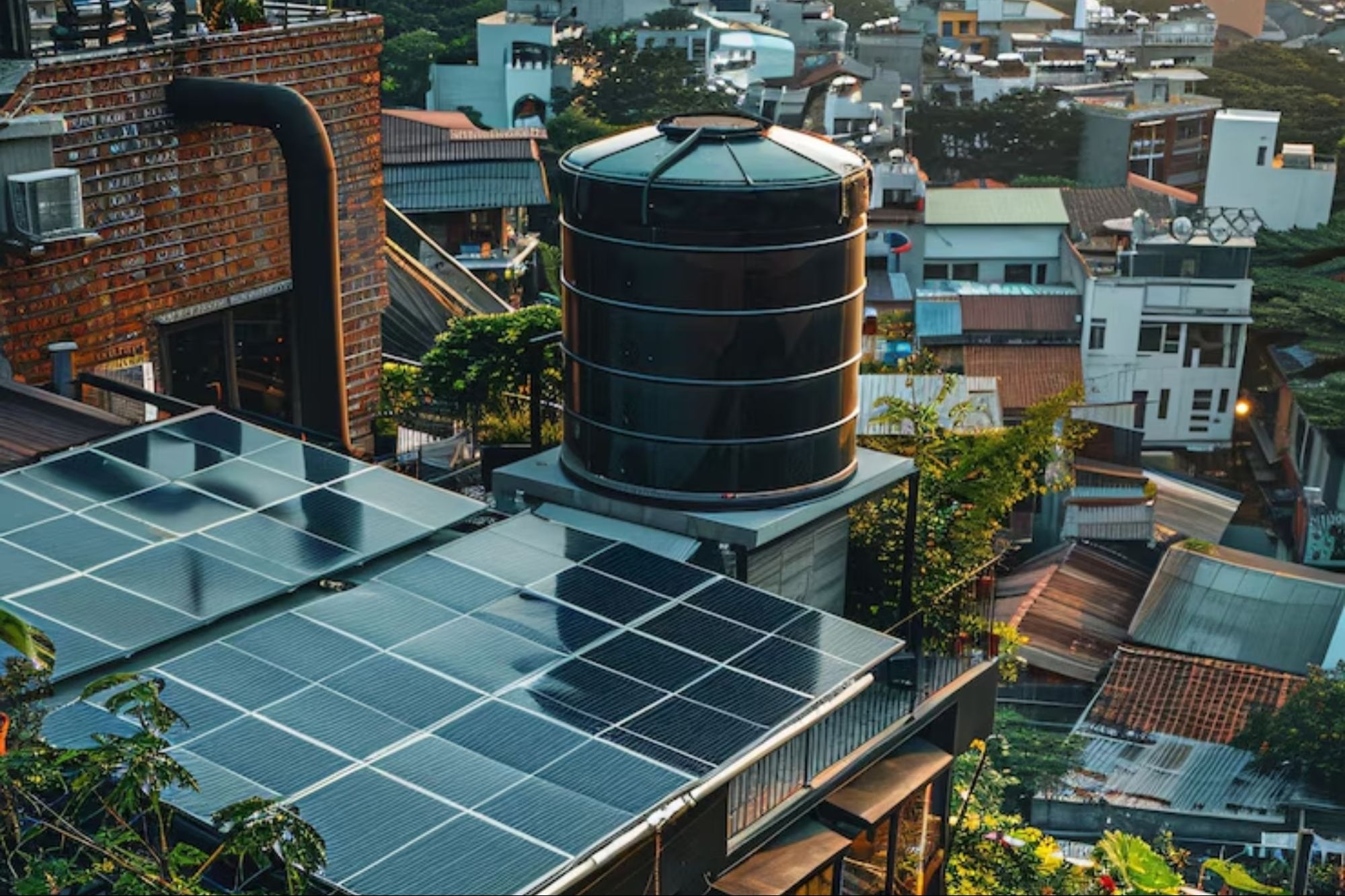India's True Solar Potential Soars to 10,830 GW: Report A new report has recalibrated the country's theoretical solar capacity at 10,830 gigawatts (GW), nearly 15 times higher than the earlier 748 GW projection made in 2014 by the Ministry of New and Renewable Energy (MNRE)
Opinions expressed by BIZ Experiences contributors are their own.
You're reading BIZ Experiences India, an international franchise of BIZ Experiences Media.

India's solar energy potential has been vastly underestimated until now. A new macro-level assessment by The Energy and Resources Institute (TERI) has recalibrated the country's theoretical solar capacity at 10,830 gigawatts (GW), nearly 15 times higher than the earlier 748 GW projection made in 2014 by the Ministry of New and Renewable Energy (MNRE). The findings provide a multidimensional view of India's solar deployment capacity.
The report expands far beyond the limited scope of previous assessments, which assumed only 3 per cent of wastelands for solar development. The analysis incorporates a wider spectrum of land-use categories such as – barren and unculturable lands, water bodies for floating solar, rooftops, agri-voltaics, building-integrated photovoltaics, and infrastructure-based solar like railways and highways.
At the core of this reassessment is the vast reserve of barren lands, which alone could support 4,909 GW of ground-mounted solar PV capacity. Rajasthan tops this category with 1,234.6 GW, followed by Madhya Pradesh (731.3 GW), Maharashtra (606.7 GW), and Gujarat (592.6 GW). An additional 100 GW could be drawn from floating solar systems over inland reservoirs, ponds, and aquaculture zones.
Dr. Faruk G. Patel, chairman & MD of KP Group, has had a front-row seat to this rapid evolution. "A decade ago, solar power was still seen as an expensive alternative. Grid parity was a distant dream," he said. "Today, India has surpassed 100 GW of solar capacity and is well on its path to meet the ambitious target of 280 GW by 2030 and of 500 GW in renewable energy by 2030." Patel also highlighted how tariffs have fallen by over 70 per cent, turning solar into the most affordable source of new energy. KP Group itself has grown from a 1.5 MW plant in 2016 to a ~6 GW portfolio, with its largest 645 MWp project underway in Khavda, Gujarat.
Together, rural and urban rooftops could support 960 GW of capacity, with 600 GW in rural areas and 360 GW in urban zones. These figures account for variations in household size, roof area, and shading, offering a more accurate picture of solar potential across diverse environments.
Decentralized systems like rooftop solar have been key to this evolution. Rahul Raizada, partner - Climate and Energy at PwC India, notes, "The Indian solar industry has seen fantastic growth from 3.7 GW in FY15 to 106 GW by end of FY25 (~40 per cent CAGR) in the last decade in terms of installed capacity. Clearly the growth has been fuelled by policy initiatives such as VGF, solar park schemes, PM Kusum, PM Surya Ghar Yojana, RPOs and Green Open Access." Raizada identifies three pillars in the sector's rise: utility-scale installations, decentralized solutions like rooftop systems and agri-pumps, and a maturing solar manufacturing ecosystem. "The manufacturing ecosystem development has not only created jobs but also added to the overall GVA in the economy," he adds.
Agri-voltaics, an increasingly important category in India's solar blueprint, offers another 4,177 GW of potential. Horticulture areas dominate with 4,059 GW, followed by tea (25 GW) and coffee (93 GW) plantations. The report recommends that agricultural universities and Krishi Vigyan Kendras lead localized pilot studies to validate real-world feasibility across agro-climatic zones.
The scope also includes 684 GW of capacity from infrastructure-based applications, based on 2024 estimates from GIZ. This segment includes installations along railways (79 GW), roads (75 GW), urban surfaces (221 GW), and building-integrated PV systems (309 GW).
Mukesh Gupta, co-founder, Maxvolt Energy, lauds the sector's transformation over the last decade. "With a mere 2.8 GW national capacity in 2014 to over 108 GW in present times, this 3,450 per cent increase in capacity is a testament to India's committed approach towards carbon footprint reduction. In 2025, the country ranks fourth in total renewable energy capacity, which was 220.10 GW on March 31, and solar, being the principal contributor, is expected to meet India's 500 GW of non-fossil fuel-based capacity by 2030."













